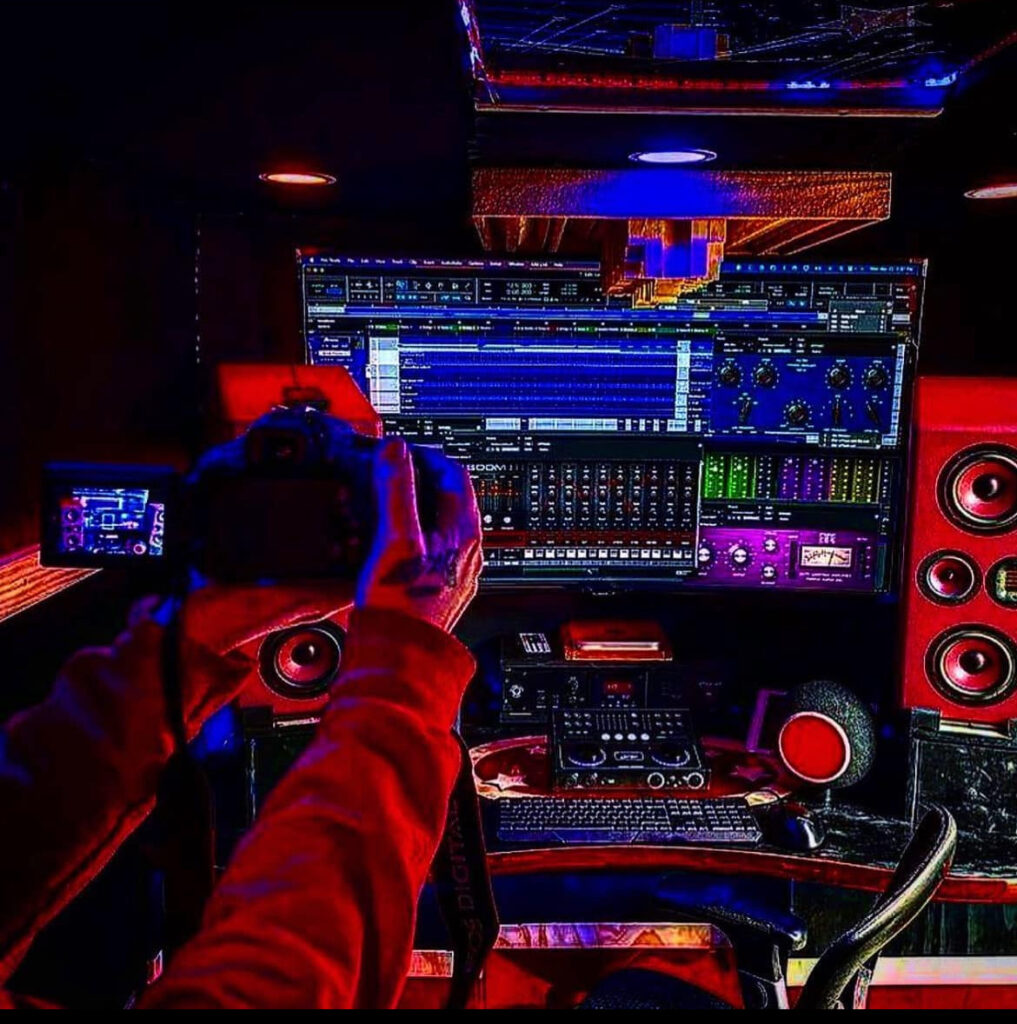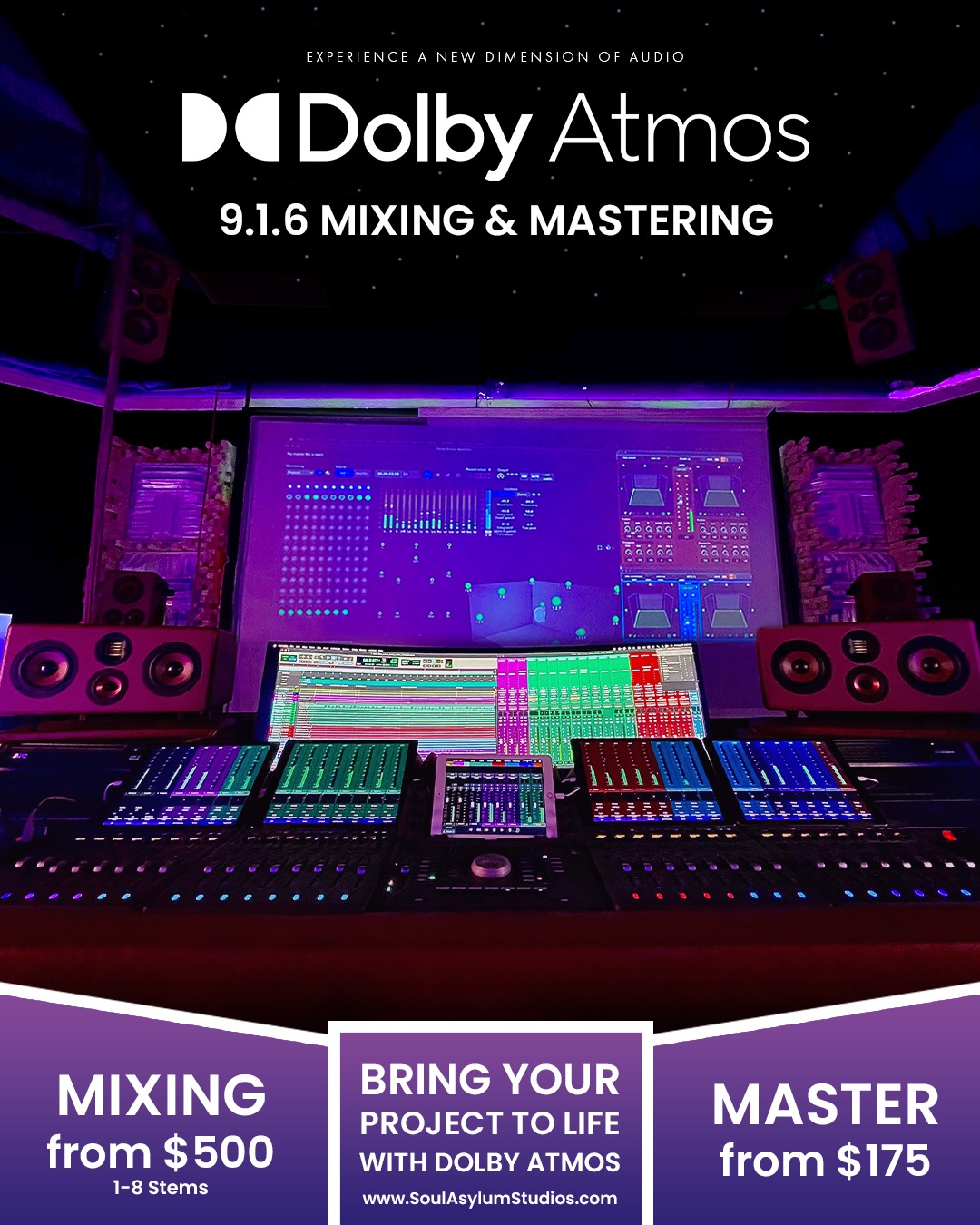Though it has yet to be widely accepted, music performed in Dolby Atmos is progressively making its way into the general public. As long as most consumers continue to listen to music in stereo, it is debatable whether or not it makes sense to mix music in Dolby Atmos. Whether you are a producer working in your bedroom or a professional studio, it is imperative to have a solid awareness of several essential criteria before making a decision.
Also Read More – Best Practices to Set Dolby Atmos Mixing Speaker
Problem with Videos in Dolby Atmos

While it has always been challenging to go beyond stereo audio, Dolby Atmos compatibility is increasingly being included in a wide range of electronic products, such as headphones, PCs, soundbars, and smartphones. While there is no sign that the music industry will stop supporting stereo recordings anytime soon, the arrival of Dolby Atmos sound in homes offers a fantastic new way to mix music with three dimensions.
It should not be surprising that engineers, producers, and musicians will face difficulties due to such changes. You will need to spend a lot of time and money on hardware and software to learn how to mix music with the Dolby Atmos plugin. Furthermore, much debate surrounds the consistency of the listening experience because different streaming services produce different audio quality for other songs.
Unlike stereo, only some people own a device that can play back this format, and only some have a Dolby-compatible streaming service subscription. Here are the most crucial things you should know before rushing into mixing using Dolby Atmos. There are many things to consider.
( Is Dolby Atmos the Future of Mixing? )
- Speakers
The image is a computerized depiction of eight speakers arranged in an even circle around a couch that faces a TV.
You can set up 22 speakers to complete the Dolby Atmos surround sound experience. But the average audio engineer will not witness this kind of arrangement. On the other hand, Dolby recommends a minimum of 7.1.4 speaker configurations for a speaker layout. As a result, in this case, you will only need 11 speakers—plus one for the LFE channel.
It is only partially suitable for you and is not an expense within your means if you work from home or in a small studio. Fortunately, other alternatives for mixing in Dolby Atmos can save you from buying many speakers.
- A Dolby Atmos renderer (which does not require speakers)
The Dolby Atmos format can combine music even if there isn’t a multi-speaker system. You can create a binaural version of your three-dimensional mix by rendering your audio to headphones using the Dolby Atmos plugin. This is the process needed to make this happen.
It’s crucial to remember that most people do not listen to music of that kind in their homes; therefore, it does not represent how your music would sound when played over a 7.1.4 speaker system.
- Multiple Listening Modes
This application screenshot shows the Dolby Atmos plugin for Logic Pro. It is crucial to consider the different ways people could hear your music. It’s standard procedure to test your mix on speakers, headphones, and maybe even a laptop before bouncing your music. This is done to guarantee the accuracy of the mix. To create a mix that works with a range of speakers and devices, some compromises are typically required.
- Listening Modes
After all of your hard work, you want people to be able to hear the mix you made for Dolby Atmos. There is a big void where you can share your Dolby Atmos audio mixes because Spotify does not currently support Dolby Atmos.
- Future Adoption
Mixing is expected to get easier with the increasing adoption of the Dolby Atmos format. More devices and streaming services compatible with your three-dimensional surround soundtrack will guarantee that more people can hear it. Look at our list of the best soundbars with Dolby Atmos compatibility if you want to learn more about the companies that are implementing this technology into their products.
However, it is difficult to say whether the Dolby Atmos sound will be widely adopted now or in the future. The jury is still out on this one. People in the music industry are right to exercise caution because surround sound formats have come and gone, never attaining the same degree of popularity as stereo sound.
( The Symphony in the Sky- Dolby Atmos and the Art of 3-D Music )
Is It Worth Buying Dolby Atmos Equipment?
Although it is unfeasible for bedroom producers to outfit their homes with numerous speakers, the Dolby Renderer can offer a more cost-effective starting point for individuals intrigued by the technology. If you work in a professional studio, being among the first to mix in Dolby Atmos may place you in the minority of people ready to produce spatial recordings should the format start to influence the music business significantly.
Now that you have a better idea of the critical factors to consider while mixing music in Dolby Atmos, you can decide if doing so is the correct course of action.
conclusion :
delving into mixing music in Dolby Atmos unveils a transformative experience for creators and listeners. Understanding this immersive audio format’s fundamentals and technical intricacies opens up new avenues for creativity and expression in music production. By embracing Dolby Atmos, artists can craft multi-dimensional sonic landscapes that captivate audiences in ways previously unattainable. With its growing prominence in the industry, mastering the art of mixing in Dolby Atmos is advantageous and essential for staying at the forefront of innovation in modern music production.


Leave a Reply